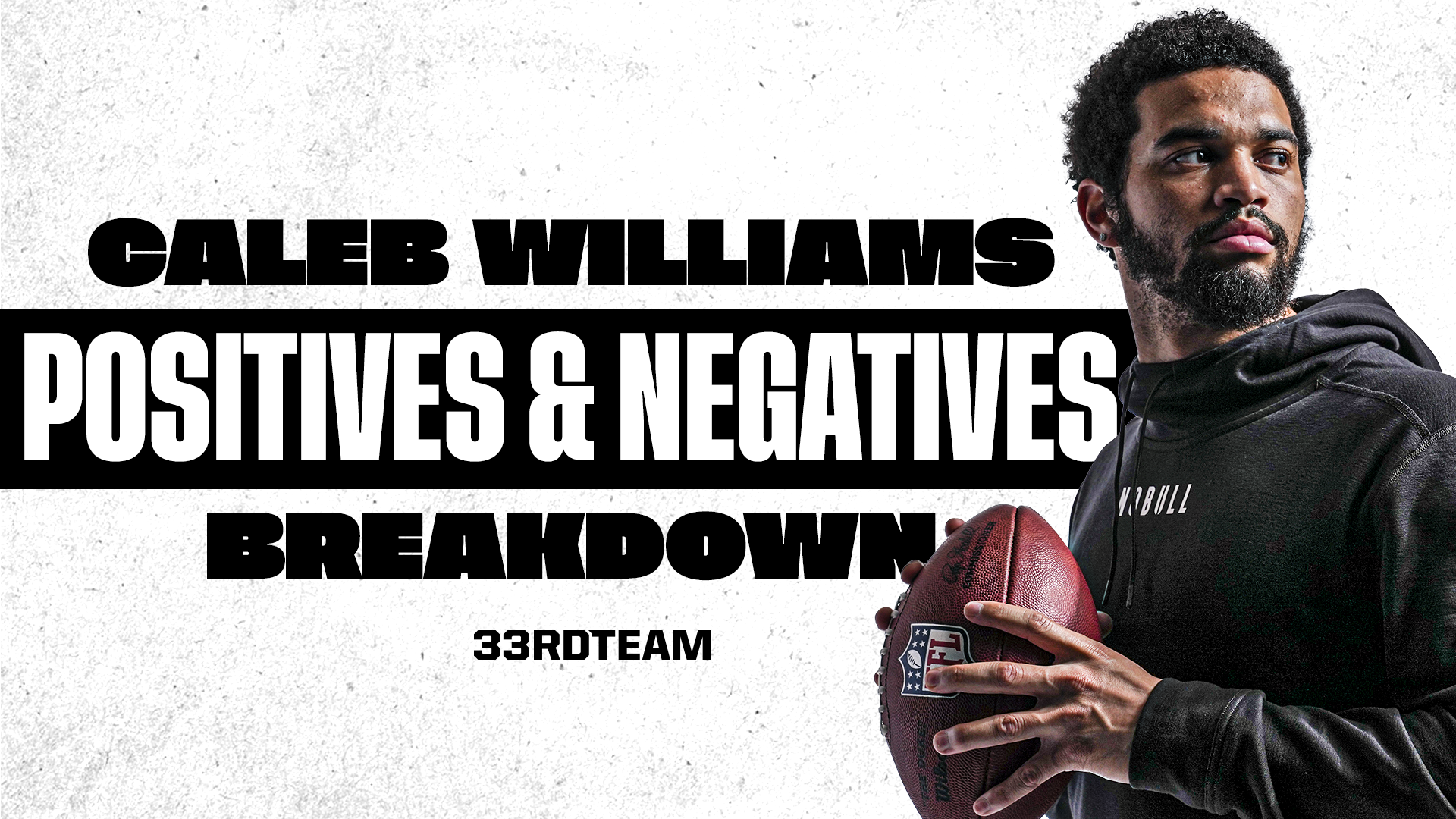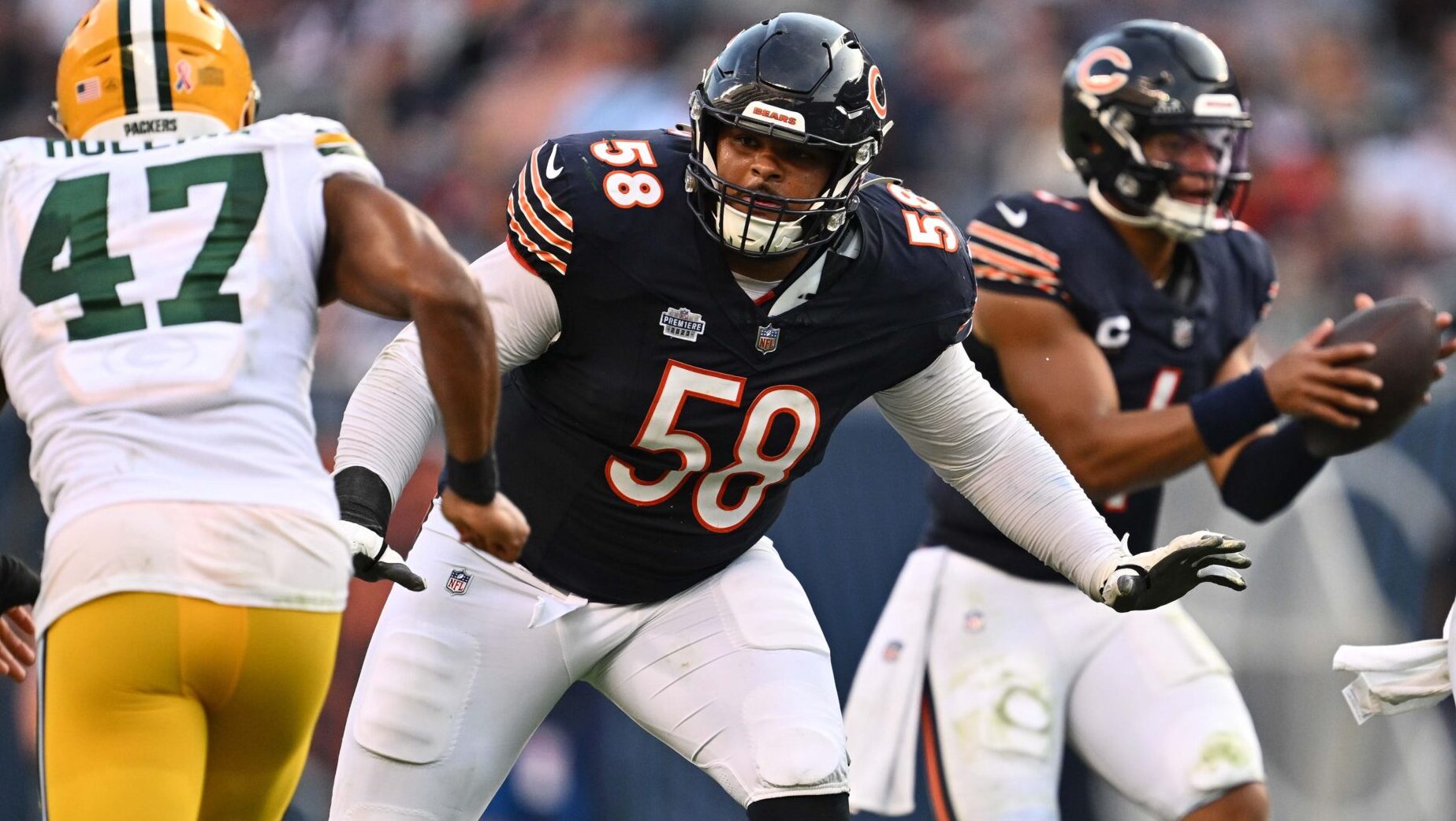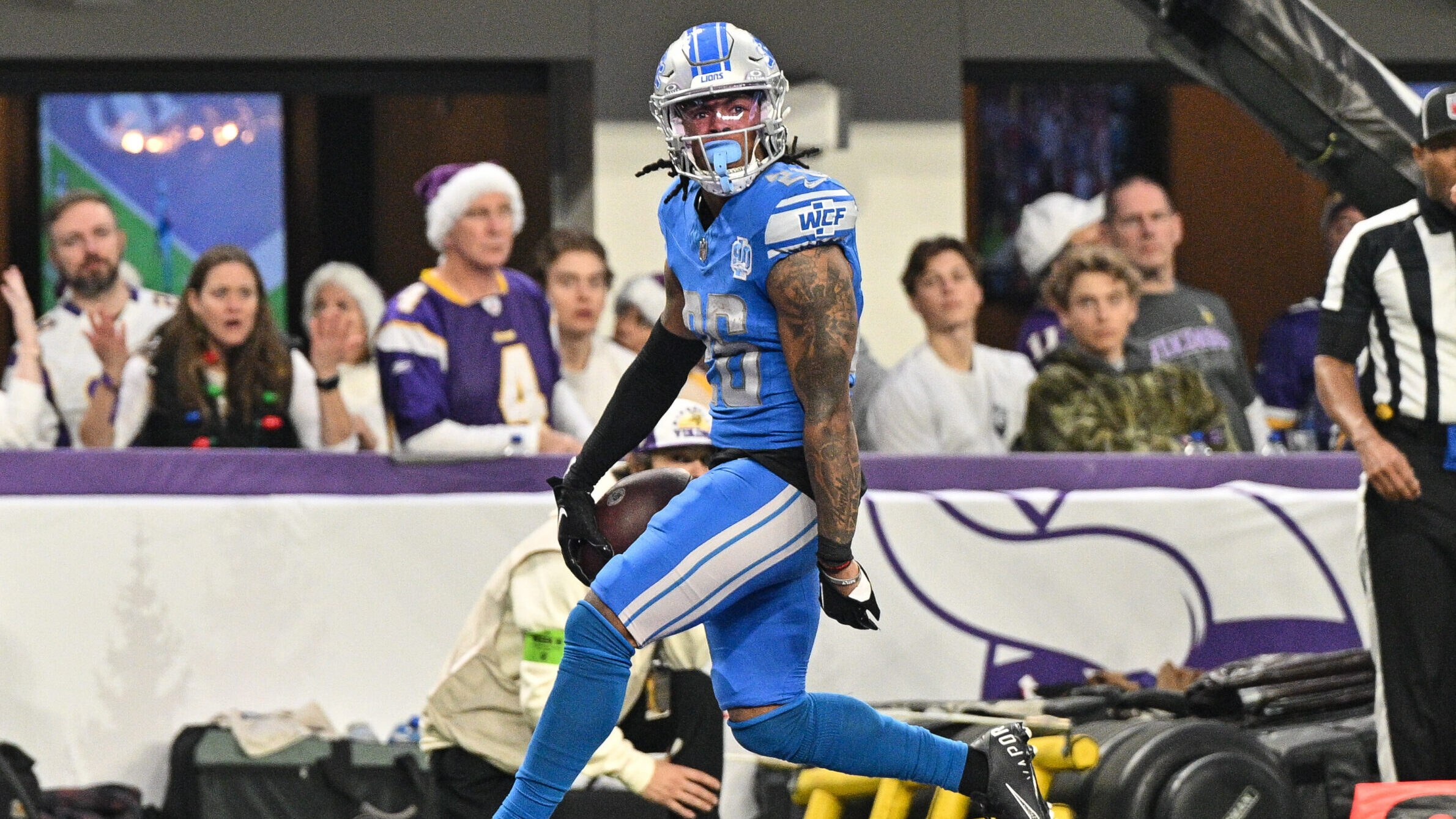Breakdowns
9/9/21
6 min read
Greg Cosell's Week 1 Matchups to Watch
Each week during the 2021 NFL season, NFL Films senior producer Greg Cosell will offer his matchups to watch. Cosell, also the co-host of ESPN’s NFL Matchup, will focus on interesting schemes and personnel alignments to keep an eye on.
With Week 1 of the 2021 NFL season officially underway, this Sunday’s games carry plenty of intrigue as old foes are pitted against each other along with new faces making their debuts. Two of the biggest games on the slate are the Kansas City Chiefs vs. the Cleveland Browns in a rematch of their 2020 Divisional Round collision along with the Buffalo Bills vs. the Pittsburgh Steelers in a rematch of their Week 14 game. Below, I take a look at individual matchups to keep an eye on in each game along with the larger implications of each scheme.
Kansas City Chiefs vs. Cleveland Browns
In the second quarter of their matchup against the Browns in the 2020 Divisional Round, the Chiefs led 6-3 and faced a second-and-19 on Cleveland’s 21-yard line. Patrick Mahomes dropped back, found an open Travis Kelce over the middle with no defenders within three yards of him, and the star tight end evaded a tackle as he rumbled into the end zone for a two-possession lead the Chiefs wouldn’t completely relinquish the rest of the game.
What appeared to be an easy pitch and catch with a defender on the ground was actually the result of carefully curated play calling, personnel decisions and the foresight to put the defense in a true bind.
Over the past two seasons, the Chiefs have aligned in the most 1x3 sets in the NFL as they strive to place their playmakers in the most advantageous position. Operating out of 11 personnel (one running back, one tight end and three wide receivers), the Chiefs feature 1x3 sets with Travis Kelce as the single X receiver to the boundary side of the formation and Tyreek Hill the inside slot receiver to the trips side. This presents an issue for defenses that play Cover 4 or quarters to this formation, as the Browns did on the Kelce TD.
The reason it’s a problem is that the boundary safety (the safety on Kelce’s side) is responsible in his coverage for the inside slot receiver running any vertical routes including go routes and over routes (which is what the Chiefs did with Hill on the play). The result is that Kelce is isolated against a single defender and that puts the defense in a true dilemma, as he is bigger than nearly every defensive back in the league at 6-foot-5 and 260 pounds. On his touchdown against the Browns, corner Denzel Ward was matched up man-to-man on Kelce, the boundary receiver, with no safety help. Ward gives up six inches and 70 pounds to the star tight end and struggled to stay with him on the route, leading to a wide-open Kelce.
In 1x3 sets out of 11 personnel with the tight end as the boundary receiver, the defense is often forced to show their type of coverage prior to the snap, which allows the quarterback to ascertain extra pre-snap information. In most coverages – especially zone coverages – either the post safety in Cover 3 or the boundary safety in Cover 4 will cheat to the trips side of the formation because of more offensive threats on that side, or in the case of quarters, if Hill is the inside slot receiver. In Cover 3, I see on tape a good percentage of the time the post safety cheat to the trips side with the defense then matching up man-to-man on the boundary side of the formation. Teams such as the New Orleans Saints use this in their favor by placing their best receiving threat (Michael Thomas) as the boundary receiver and their best receiving back (Alvin Kamara) as the offset or split back to the boundary. This forces the defense to match up to the offense’s best talent on one side while also dealing with three receiving threats on the trips side of the formation, often forcing a linebacker to cover the running back. The Chiefs could look to use Clyde Edwards-Helaire in a similar manner to how the Saints use Kamara, with Kelce continuing to operate as the boundary X receiver. In 1x3 sets, Kansas City often lines up with Hill as the inside slot receiver to the trips side of the formation, forcing the safety to cheat to Hill. Even if the defense is playing a zone coverage, this alignment forces the defense to match up man-to-man on the boundary side of the formation and allows Kelce to exploit single coverage.
Offense in the NFL is rapidly evolving and tight ends that can detach from the formation and be spread players is one of the biggest advantages a team can have. The Chiefs have been hugely successful with Kelce in this role and the emergence of Darren Waller for the Las Vegas Raiders has been paramount to their offensive success. The desire to replicate this was one of the driving forces behind the selection of Kyle Pitts at fourth overall in the 2021 NFL Draft by the Atlanta Falcons. His ability to create mismatches out wide and win against man coverage on the outside is going to be key for an Atlanta team now without Julio Jones.
Buffalo Bills vs. Pittsburgh Steelers
One of the biggest storylines last season was the meteoric rise of the Buffalo Bills, spearheaded by an unprecedented third-year leap for Josh Allen. He improved in nearly every major statistical category, including a completion percentage of 69.2% that was more than 10% higher than in 2019. Among Buffalo’s most notable offensive characteristics in 2020 was their use of 10 personnel (one running back, no tight end and four wide receivers) as they ran 14% of their snaps with this personnel – the second highest rate in the league. Allen was remarkably efficient out of both 10 personnel (completing 75 of 100 pass attempts at 8.5 yards per attempt with four touchdowns) as well as 10 empty personnel (21 of 28 for 209 passing yards). He was sacked just once out of 10 empty personnel as offensive coordinator Brian Daboll engineered a remarkably efficient way for Allen to diagnose the defense prior to the snap and run Buffalo’s offense with precision and success.
Buffalo’s frequent use of 10 personnel allows them to spread the field and dictates defensive personnel while also forcing defenses to show their hand much of the time as they have four receivers to account for. By spreading the offense horizontally, the Bills force the defense to spread horizontally as well which opens up space for the offense whilst providing Allen more pre-snap information. When Buffalo plays a defense that primarily plays nickel as their sub-defense (as opposed to dime), which is true of many defenses in the league, they are often able to scheme a wide receiver to be guarded by a linebacker. This holds true regardless of if the offense is in a 3x1, 3x2 or a 2x2 formation. By utilizing 10 personnel and spreading the defense horizontally, the Bills and Josh Allen are able to glean extra pre-snap information and take advantage of beneficial matchups for their wide receivers.
Aadit Mehta contributed to this story










